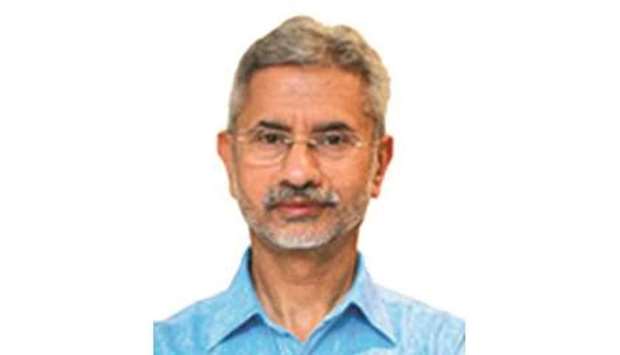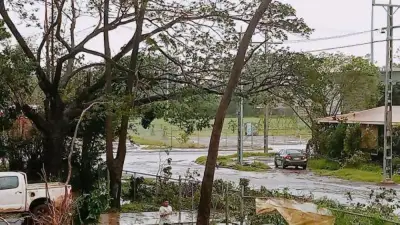World Environment Day is an occasion for each one of us to reflect on our recent contributions to the health of our planet. Those with a stronger commitment have naturally been more energetic in their pursuit of green goals, both at home and abroad. The unpredictability of the international situation – Narendra whether political, financial or pandemic – may have added to the challenges. But as the debate intensifies moving towards the COP 26 Summit at Glasgow, perhaps it is in the progress of the real world that we must predicate our calculations. Especially since 2014, India has emerged as a leader in climate action, setting an example at home even while fashioning global initiatives and promoting international cooperation. This reflects Prime Minister Modi’s belief in human-centric and ecologically friendly progress. As a consequence, we remain the only G20 country so far on track to meet its Paris commitments and with nationally determined contributions compatible with the 2°C targets.
At home, this is expressed in our renewable energy achievements and emission intensity reduction as much as in energy efficiency enhancement. The expansion of forest and tree cover matches the improvement in biodiversity preservation. The numbers involved in the LED distribution and cooking gas programmes are certainly eye-catching for the rest of the world. Environmental care and climate change mitigation are at the core of our flagship programmes – from NamamiGange and Swachh Bharat to Smart Cities and Jal Jeevan Mission. But there is also a green story in the making beyond our shores, one that Indian diplomacy is committed to realise. We helped co-found on the sidelines of the Paris Conference the International Solar Alliance that now has 95 members. A dedicated platform of solar resource-rich nations, it has been an active vehicle in increasing the worldwide use of solar energy. Developing countries, especially in Africa and Asia, are its intended beneficiaries. Scaling up solar energy applications, mobilising investments, promoting innovation and capacity building and creating a common platform for networking and co-operation are different facets of its activities.
Similarly, the Coalition for Disaster Resilient Infrastructure that Prime Minister Modi launched in 2019 has already acquired 22 members since then. A multi-stakeholder global partnership, it prioritises technical support and capacity building, research and knowledge management as well as advocacy and partnerships. Its goal is to promote the resilience of both existing and new infrastructure to climate and disaster risks. Environment-related themes are a major feature of India’s bilateral and regional engagements as far apart as the Pacific Islands and Nordic States as the Caribbean. The prime minister’s participation in the World Leaders Summit on Climate and the inauguration of the India-US Clean Energy Agenda 2030 Partnership are notable developments. These initiatives unfold in tandem with the growing centrality of the environment to India’s development partnership programmes across the world. In the last seven years, green energy projects to which financing has been committed by Indian Lines of Credit abroad have almost tripled – from 18 in 2014 to 50 currently. And their outlay has gone up ten times, from $174 million to $ 1.784 billion now. India’s green energy experiences, know-how and tangible capacities are now beginning to find new markets and new homes. Projects in different stages of implementation cover a wide range from hydro-electricity generation and solar urban street lighting to electrification of villages and photovoltaic module manufacturing plants. They extend from our immediate neighbours in South Asia to Africa and the Caribbean. India’s development partnerships are driven by the deep solidarity of the Global South. There is certainly a strong sentiment born out of shared history and common experiences.
But India also has a strategic stake in the rapid emergence of regions that reflect the diversity of our world more fully. This is especially so in regard to the African Renaissance. Both the demography and resources of that continent testify to its enormous prospects. And that is why our commitments under the India-Africa Forum Summit have both green and digital delivery as their key themes.Today, the world has to address the urgent challenge of post-Covid economic recovery even as it grapples with the climate future of the planet. This is best done by harmonising goals even if their timelines are different. If economies are building back, they must build ecologically friendlier. If supply lines are to be more reliable and resilient, they must also embed green principles. If global partnerships are to expand, they must have sustainability at their core. India is currently undertaking reforms and initiatives – in manufacturing, agriculture, labour and education – that makes it more central to the global economy and society. This holds true as well for its environmental outlook. A New India will surely have a greener foreign policy.

By Dr S Jaishankar, External Affairs Minister of India


